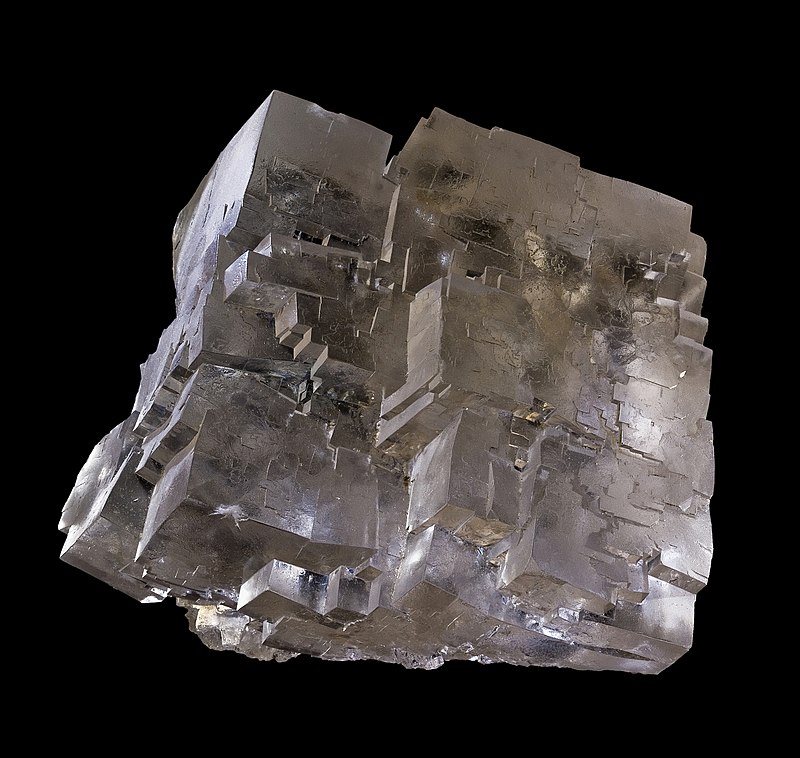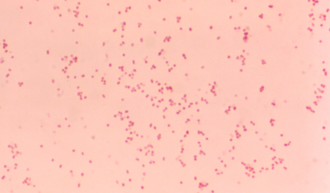Introduction
DNase agar is a specialized culture medium designed to detect the production of deoxyribonuclease (DNase) by certain bacteria. DNase is an enzyme that breaks down DNA, and the ability to produce DNase is a characteristic of some pathogenic bacteria, such as Staphylococcus aureus and Serratia marcescens. This medium is commonly used in microbiology labs for identification and differentiation of bacteria based on their enzymatic activity.
Table of Contents
Composition of DNase Agar
DNase agar contains several key ingredients that make it suitable for detecting DNase activity. Here’s a breakdown of the main components:
Tryptone
A source of nitrogen and essential growth nutrients. Tryptone provides amino acids and peptides that bacteria can utilize for growth.
DNA

The substrate for the DNase enzyme. Bacteria capable of producing DNase will degrade the DNA in the medium.
Sodium chloride

Maintains osmotic balance in the medium, ensuring that bacteria grow in optimal conditions.
Agar
A gelling agent that gives the medium its solid form, allowing bacteria to grow on the surface.
Methyl green or toluidine blue (optional)
Some versions of DNase agar contain these dyes to enhance visualization of DNA degradation. The dyes bind to intact DNA, forming a colored complex. When the DNA is hydrolyzed by DNase, the color fades, creating a clear zone around DNase-producing colonies.
Preparation
To prepare DNase agar, the following steps are generally followed:
Mix the ingredients: Combine the required amounts of tryptone, sodium chloride, agar, and DNA powder in distilled water. If using a dye such as methyl green, add it at this stage.
Sterilization: The mixture is sterilized by autoclaving at 121°C for 15 minutes. Autoclaving ensures that any contaminants are eliminated, providing a sterile environment for bacterial growth.
Pouring the plates: Once sterilized, the molten agar is cooled to about 50-55°C and poured into sterile Petri dishes. The plates are left to solidify at room temperature.
Storage: The prepared DNase agar plates can be stored in a refrigerator, usually for about 1-2 weeks, depending on storage conditions.
Uses
It serves multiple purposes in microbiology, especially in bacterial identification and differentiation. Here’s how it is used:
Identification of DNase-producing bacteria: Certain bacteria produce DNase, and this ability can be an important diagnostic marker. For example, Staphylococcus aureus, a common cause of skin infections and food poisoning, produces DNase. Other DNase-positive organisms include Serratia marcescens, Moraxella catarrhalis, and Campylobacter jejuni.

Differentiation of species: DNase agar can help distinguish between closely related bacterial species. For example, within the genus Staphylococcus, S. aureus is DNase-positive, while S. epidermidis is DNase-negative. This makes DNase agar valuable in clinical diagnostics.
Quality control in laboratories: Laboratories use DNase agar as part of their routine quality control, ensuring that bacterial strains are correctly identified. This is particularly important in clinical settings, where accurate identification of pathogens is crucial for treatment decisions.
Research applications: DNase agar is also used in research to study bacterial virulence factors. DNase production is often associated with the ability of bacteria to evade the host’s immune system by breaking down extracellular DNA, a component of the body’s defense mechanisms.
Procedure for Using DNase Agar
Once the it plates are prepared, the following steps are typically followed in a diagnostic setting:
Inoculation
A sample of the bacterium to be tested is streaked onto the surface of the DNase agar plate. Inoculation can be done using a loop or a swab, depending on the sample type.
Incubation
The inoculated plate is incubated at an appropriate temperature, typically 35-37°C, for 18-24 hours. Longer incubation times may be required for slower-growing bacteria.
Interpretation of results
After incubation, the plate is examined for signs of DNase activity. If the bacterium produces DNase, there will be a clear zone around the colonies, indicating the degradation of DNA. If the medium contains a dye such as methyl green, the area around DNase-positive colonies will appear colorless, while the rest of the plate remains green. DNase-negative bacteria will not produce any clear zones or changes in the medium.
Limitations and Considerations
False positives/negatives: Some factors, such as the quality of the DNA in the medium or the incubation time, can affect the results. It’s important to ensure that the agar is prepared properly and that incubation conditions are optimal.
Alternative methods: While DNase agar is a reliable tool for detecting DNase activity, other methods, such as DNase tests in liquid media, can be used for more detailed analysis.
Conclusion
DNase agar is a valuable tool in microbiology for identifying and differentiating DNase-producing bacteria. Its straightforward preparation and reliable results make it widely used in both clinical and research settings. By helping to identify pathogenic bacteria such as Staphylococcus aureus, DNase agar plays a critical role in the diagnosis and treatment of infections.
Frequently Asked Questions (FAQ)
Define DNAse agar?
It is a specialized culture medium used to detect the production of the enzyme deoxyribonuclease (DNase) by certain bacteria. DNase is an enzyme that breaks down DNA.
Define Moraxella catarrhalis?
Moraxella catarrhalis is a gram-negative bacterium that is part of the normal flora of the human respiratory tract. It is a non-motile, aerobic, and diplococcus-shaped organism.
Related Articles




